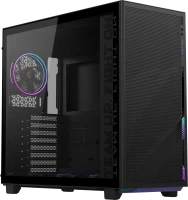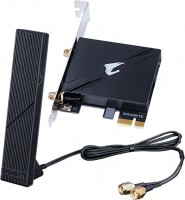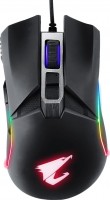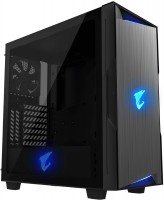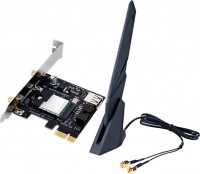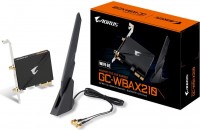SSD Gigabyte series Aorus
prices on 9 modelsSSD Gigabyte Aorus
The Taiwanese manufacturer Gigabyte has long and successfully won its place in the market of motherboards and video cards. We can safely say that, along with Asus and MSI, this is one of the largest fish in this reservoir. However, the company's representation in other areas has been modest at best. Therefore, in the middle of the last decade, Gigabyte began to invest a lot of time and effort in the development of its Aorus gaming series. To set off their products against the background of competitors, Gigabyte seeks to give the user a wow effect. For example, it was Gigabyte who was one of the first to launch the Aorus SSD on the market, which used the new PCI-E 4.0 bus for data exchange.
 |
This happened at the beginning of 2019, and since then the company has managed to release a couple more unusual flagship Aorus drives. For example, in the same 2019, the AORUS RGB M.2 drive was released, which became one of the few backlit SSDs. And at the end of 2020, a massive 8-terabyte AORUS AIC HHHL drive was presented, designed as a full-size PCI-E x16 expansion card. In fact, it is an expansion board in which 4 Aorus NVMe 4 GB drives are installed, operating in RAID mode.
The most relevant, interesting and popular drive in the Aorus series is the 7000s model, released in the summer of 2021. According to Gigabyte, this is painstaking work on the bugs, which allowed to solve most of the initial flaws associated with the PCI-E 4.0 bus. The new Phison E18 controller, advanced 3D TLC NAND flash memory and the use of a massive DDR4 buffer played a key role in this. Aorus 7000s sequential read speed reaches a record 7000MB/s and sequential write speed up to 5500MB/s. Such high-speed performance allowed the drive to pass the Sony certification and receive the coveted “ready to work with PlayStation 5” sticker.



